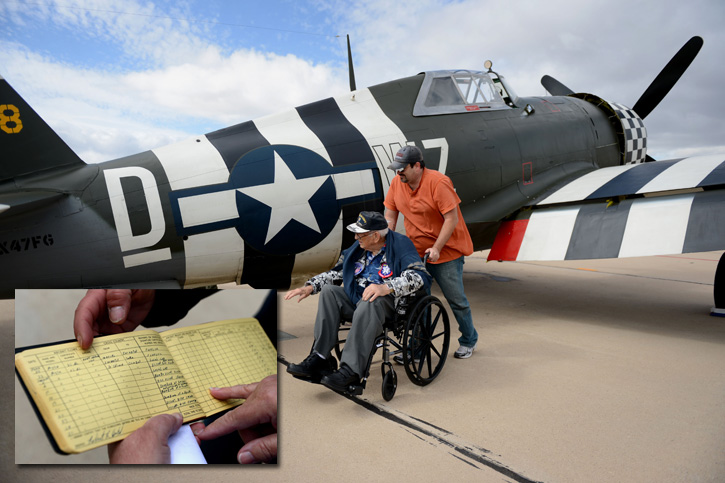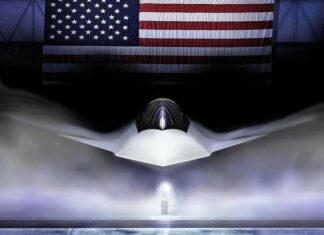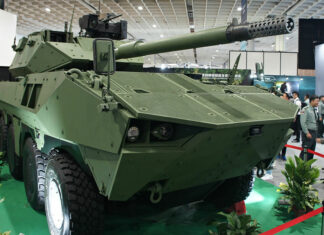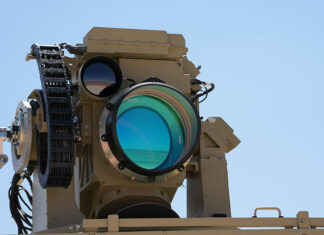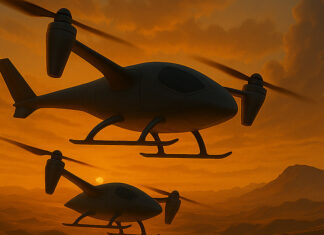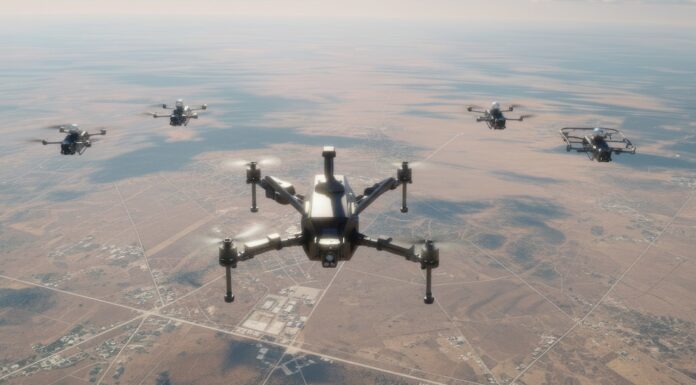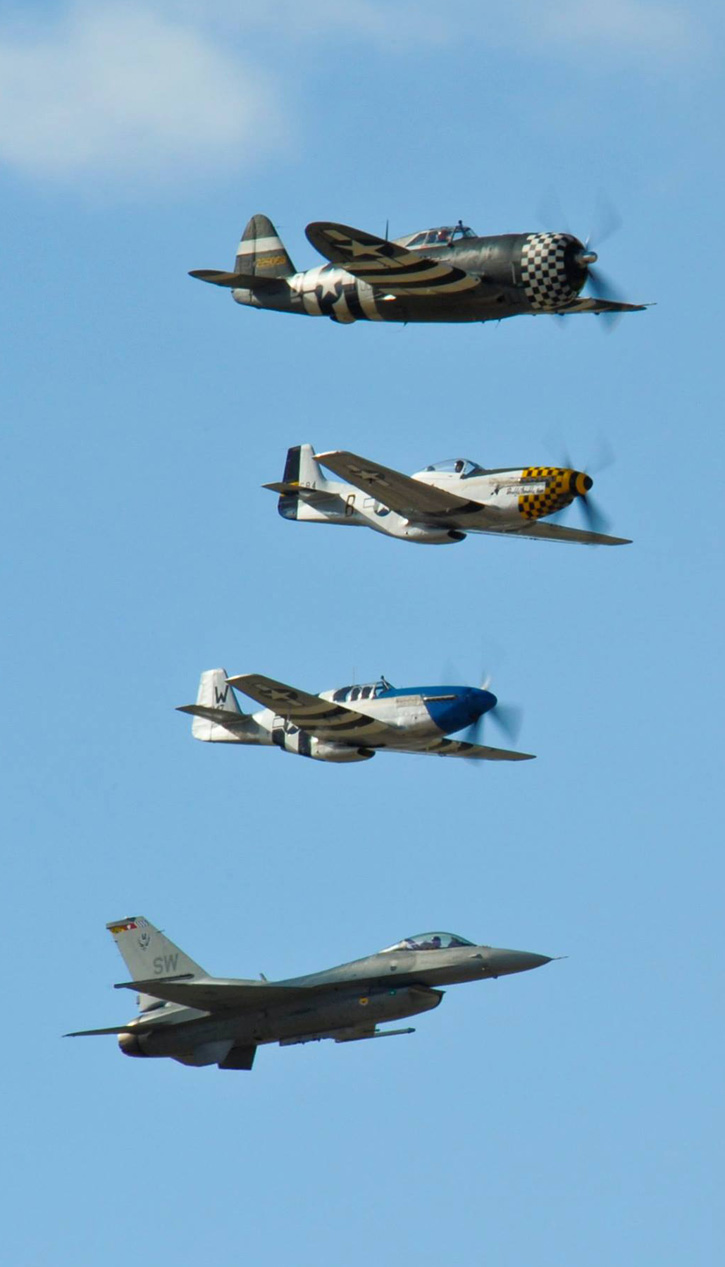
Davis-Monthan Air Force Base (D-M) is known mainly for its role as the boneyard for combat and civil aircraft that reach the end of their service life. New arrivals expected here soon are 18 A-10 Thunderbolt II close air support aircraft, to be removed from active units and placed here in ‘Backup-Aircraft Inventory’ (BAI) status with the possibility to convert another 18 at a later date in fiscal year 2015. The A-10s will join thousands of other aircraft parked here, slowly disintegrating into scrap under the desert sun.
But for some there is resurrection. One of the lucky ones was B-52 Stratofortress called ‘Ghost Rider’ took to the sky after spending seven years in the boneyard. Tail number 61-1007′ Ghost Rider’ was not the average ‘guest’ at D-M. It was maintained at 1000-type storage, which is the most preserved level of aircraft storage. In late 2014, seven years after arriving at D-M, this bomber was chosen to rejoin the Air Force Global Strike Command (AFGSC).
“It was chosen after thorough inspections and extensive engineering analysis,” said Capt. Chuck McLeod, the B-52 System Project Office team lead. Although well preserved, the blazing hot Arizona sun took its toll on the dormant aircraft bleaching sections of its exposed aluminum skin almost white, and causing the tires and major fuel lines to dry rot.
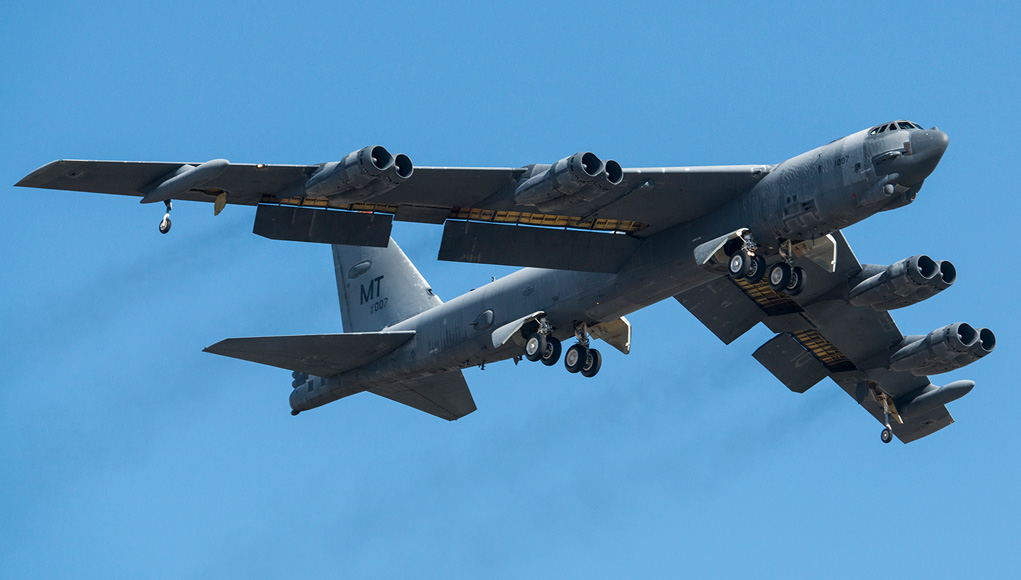
Through the return to flight process technicians at the 309th Aerospace Maintenance and Regeneration Group replaced fuel bladders and lines were replaced, and by the end of January the crew successfully ran of all eight engines.
“I’ve been flying the B-52s since the 80s and it surprised me that after almost seven years… she cranked up just fine and we had no issues with the flight control systems.”said the pilot Col. Keith Schultz, 307th Operations Group commander and the most experienced B-52 pilot still flying in the Air Force.
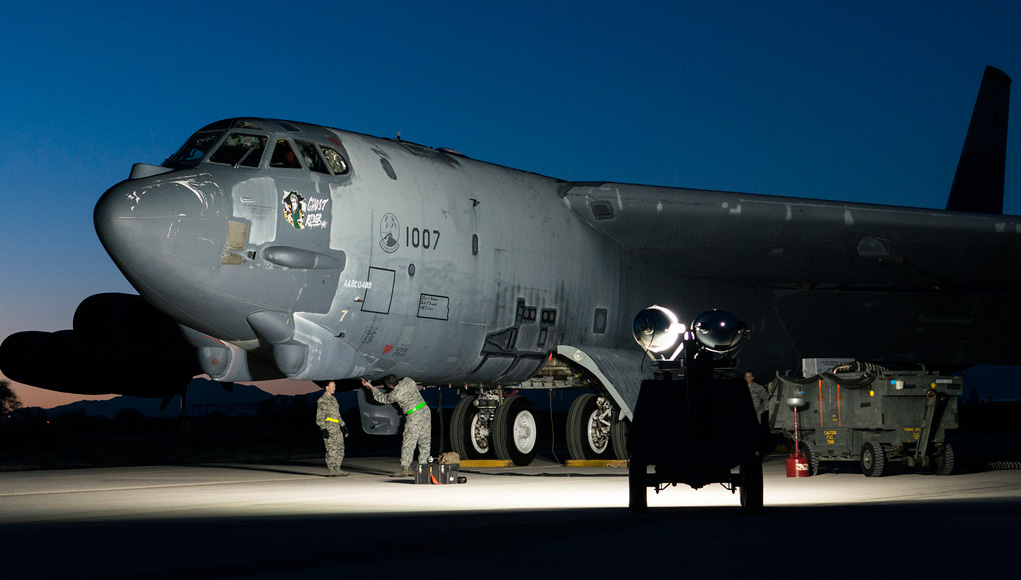
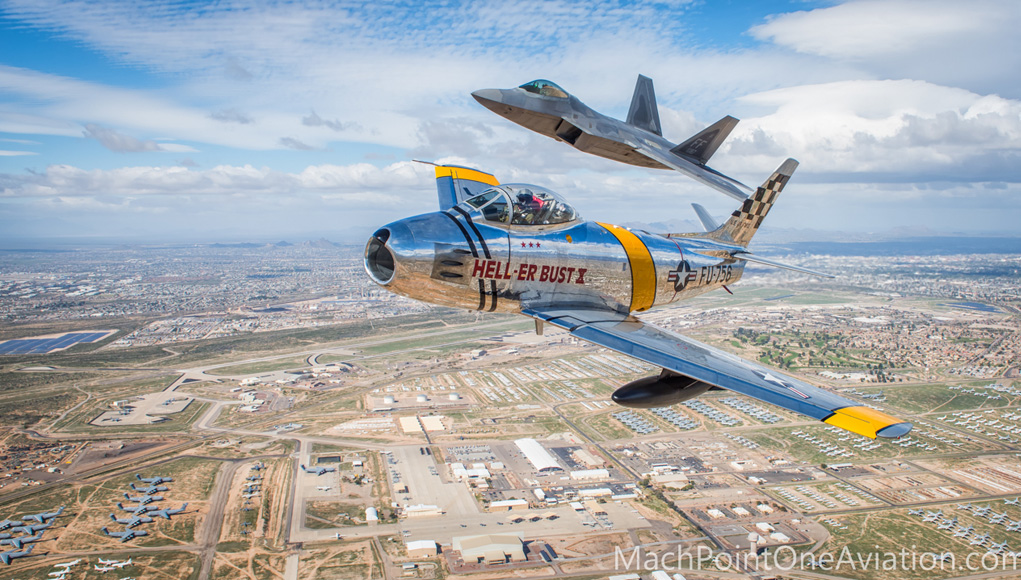
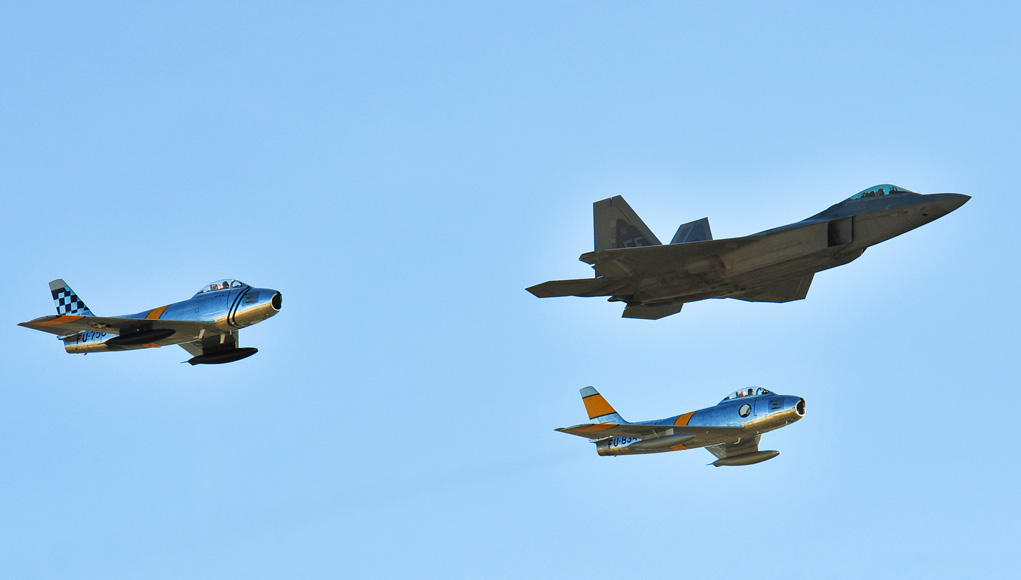
Another recent celebration at D-M was the Heritage Flight Training Certification Course (HFTCC), held Feb. 27 – March 1. HFTCC provided an opportunity to see WWII, Korea and Vietnam veteran planes flying with the latest air force jets. This annual aerial demonstration training event has been held at D-M since 2001, providing civilian and military pilots the opportunity to practice flying in formation for the upcoming air show season.
The aircraft that participated in this year’s HFTCC were the historic P-51 Mustang, P-40 Warhawk, P-38 Lightning, P-47 Thunderbolt and the F-86 Sabre. Air Combat Command aircraft included the F-22 Raptor and the F-16 Fighting Falcon. Established in 1997, the HFTCC features aerial demonstrations from historical and modern fighter aircraft which will fly in formation together during air shows across the country.
Check more excellent photos and live reports on D-M facebook page.
